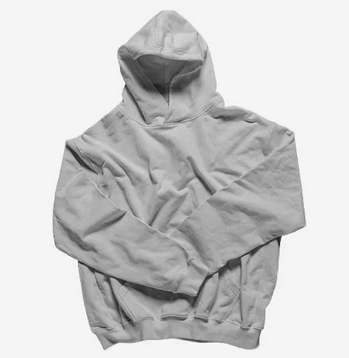When it comes to clothing, Portugal's textile industry is one of the most crucial in Europe. That is because thriving manufacturing process, which allows them to produce a few of the highest quality garments on the market. But what does that process look like? Let's have a closer look at how Top 8 Hoodie Manufacturers in Portugal 2022 go about creating their pieces.
The Design Phase
The look phase of any garment-manufacturing process is arguably the most important step. In the end, it's here that individuals decide what type of clothes is going to be produced and how they will look and feel like. The look phase involves various stages such as for example sketching out designs, selecting materials, constructing patterns and samples, and testing for fit and durability. At this point in time, designers are also free to experiment with various colors and fabrics to create something truly unique.

After the design phase, the next thing is to maneuver to production. This usually involves a mix of various specialized manufacturing processes. The production process can include such things as fabric cutting, sewing, dyeing and printing, or simply combining different fabrics together to create an entirely new material. There are also certain finishing processes that must be carried out, such as adding decorative details or attaching buttons and zippers.
The ultimate stage of garment manufacturing is distribution, which involves having the clothing to consumers. This is usually done through various distribution channels such as retailers and warehouses, both of which is often positioned in different regions around the world. Additionally, some manufacturers can also choose to market their garments straight to consumers through their very own internet vendors and/or brick-and-mortar locations.
The Production Phase
Once designs have been finalized and prototypes created, it's time to maneuver onto the production phase. This really is where the particular manufacturing happens, with machines used to sew fabric together or create buttons and other accessories for clothing pieces. In Portugal's case, many producers use cutting-edge technology such as for instance digital printers or laser cutters in order to increase the production process. Quality control is also an important part of the phase; workers inspect pieces for defects before sending them off for further processing.
The Finishing Phase
Last however not least comes the finishing phase – a crucial part of which garments are made their final touches before being sent off for sale. Here workers pay close attention to details such as for instance buttons, zippers and seams so as to ensure each piece meets quality standards. Additionally certain treatments can be applied only at that stage such as for example embroidery or appliqués for a supplementary touch of luxury or uniqueness. Finally comes packaging; items often get wrapped up individually with tissue paper or placed inside bags or boxes depending on their size and purpose before being shipped out to customers all around the world!

Conclusion:
In general, Portugal's manufacturing process is incredibly efficient yet thorough – resulting in some of the finest quality garments on today's market! From sketching out designs through trial-and-error experimentation with various fabrics down to inspecting pieces for defects prior shipping - every step along the way has been carefully considered by producers to be able to deliver products that consumers can trust can last them quite a long time! Thanks to its robust system, Portuguese Clothing Manufacturer have earned themselves a reputation for producing stylish yet durable pieces - allowing customers everywhere access to some of Europe's finest fashion creations!
No comments:
Post a Comment